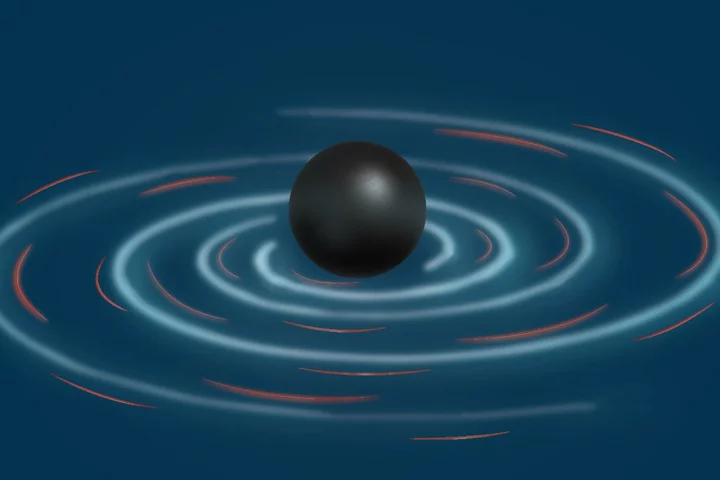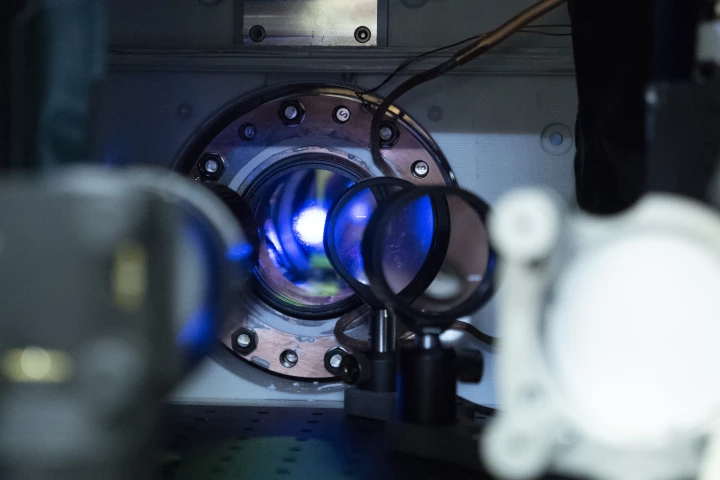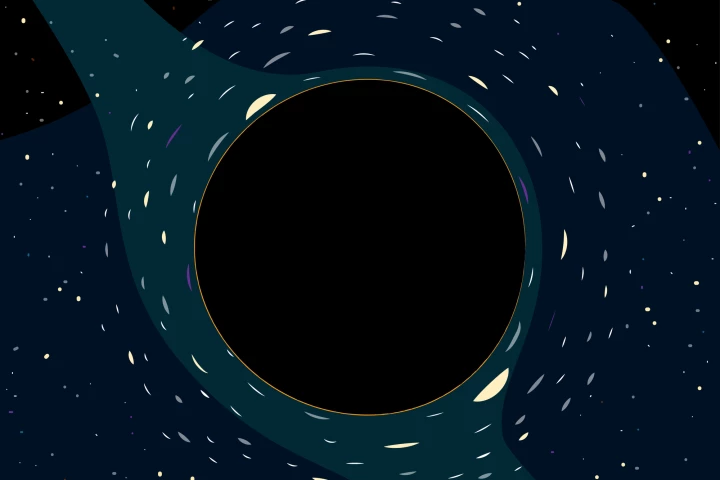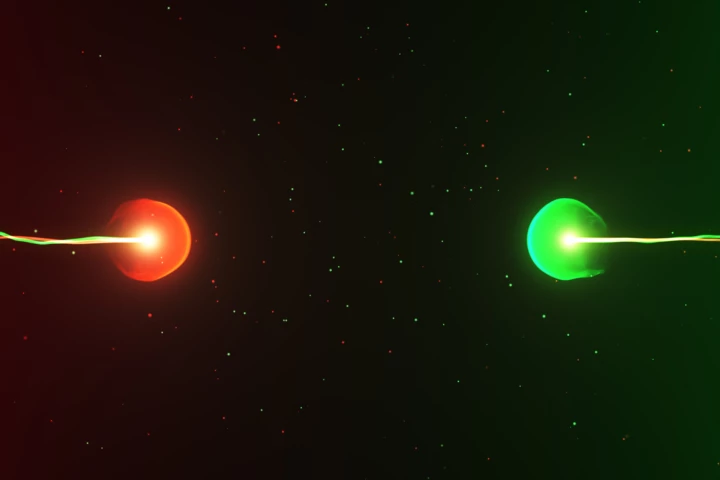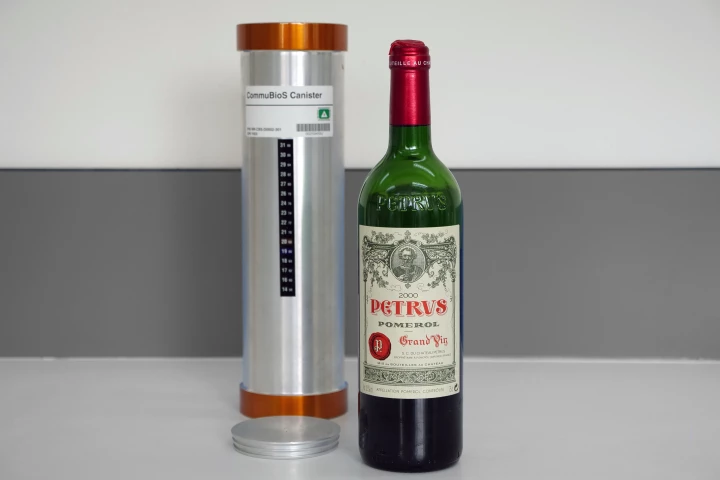Gravity
-
Gravity is the only fundamental force that can’t currently be explained by quantum physics. Now scientists have outlined a plan to look for signs of quantum gravity out in the cosmos by listening in to the 'ringing' of colliding black holes.
-
Astrophysicists have observed puzzling behavior in star clusters that defies our current understanding of gravity at cosmic scales. Intriguingly, the observations fit with an alternative theory of gravity that could negate the need for dark matter.
-
Microgravity wreaks havoc on astronauts' biology, which is bad news for future space travel. A NASA experiment housing fruit flies on the International Space Station has now shown that artificial gravity can help reduce some of those health problems.
-
If you’ve seen the first images from the James Webb Space Telescope this week, you might have heard the term “gravitational lensing” being thrown around. But what does it mean exactly? And how can it help this new telescope make discoveries?
-
The flow of time isn’t as consistent as we might think – gravity slows it down, so clocks on Earth tick slower than those in space. Now researchers have measured time passing at different speeds across just one millimeter, the smallest distance yet.
-
Astronomers believe they’ve detected the first “rogue” black hole, roaming the galaxy alone. The object made itself known when it passed in front of a background star, bending the light with its extreme gravity.
-
Physicists at CERN have discovered that antimatter falls down. It sounds obvious, but scientists hadn’t yet been able to confirm that it responds to gravity in the same way as regular matter does. A new experiment provides the best answer so far.
-
A team of scientists in Florida have come up with a new design for a magnetic levitation-based low-gravity simulator that promises a huge increase in volume over existing simulators, with major benefits for space, medical and biology research.
-
If you've ever wondered what would happen to wine aged for a year in space then wonder no more. The first ever tasting of "space wine" has been conducted, with one expert describing it as “more evolved” than its similarly aged earthbound counterpart.
-
In January scientists reported the detection of very low-frequency gravitational waves. Now astrophysicists have investigated two possible sources – the universe cooling down after the Big Bang, and a field of particles that could be dark matter.
-
Perhaps surprisingly, gravity is the weakest of the four fundamental forces and the hardest to measure here on Earth. Now, physicists in Austria have made the smallest measurement of gravity so far, equivalent to the gravitational pull of a ladybug.
-
Dark matter is currently the most widely accepted hypothesis for explaining some of the weirdness we see in the cosmos. But now astronomers have discovered evidence in over 150 galaxies for a long-standing alternative model of “modified gravity.”
Load More
